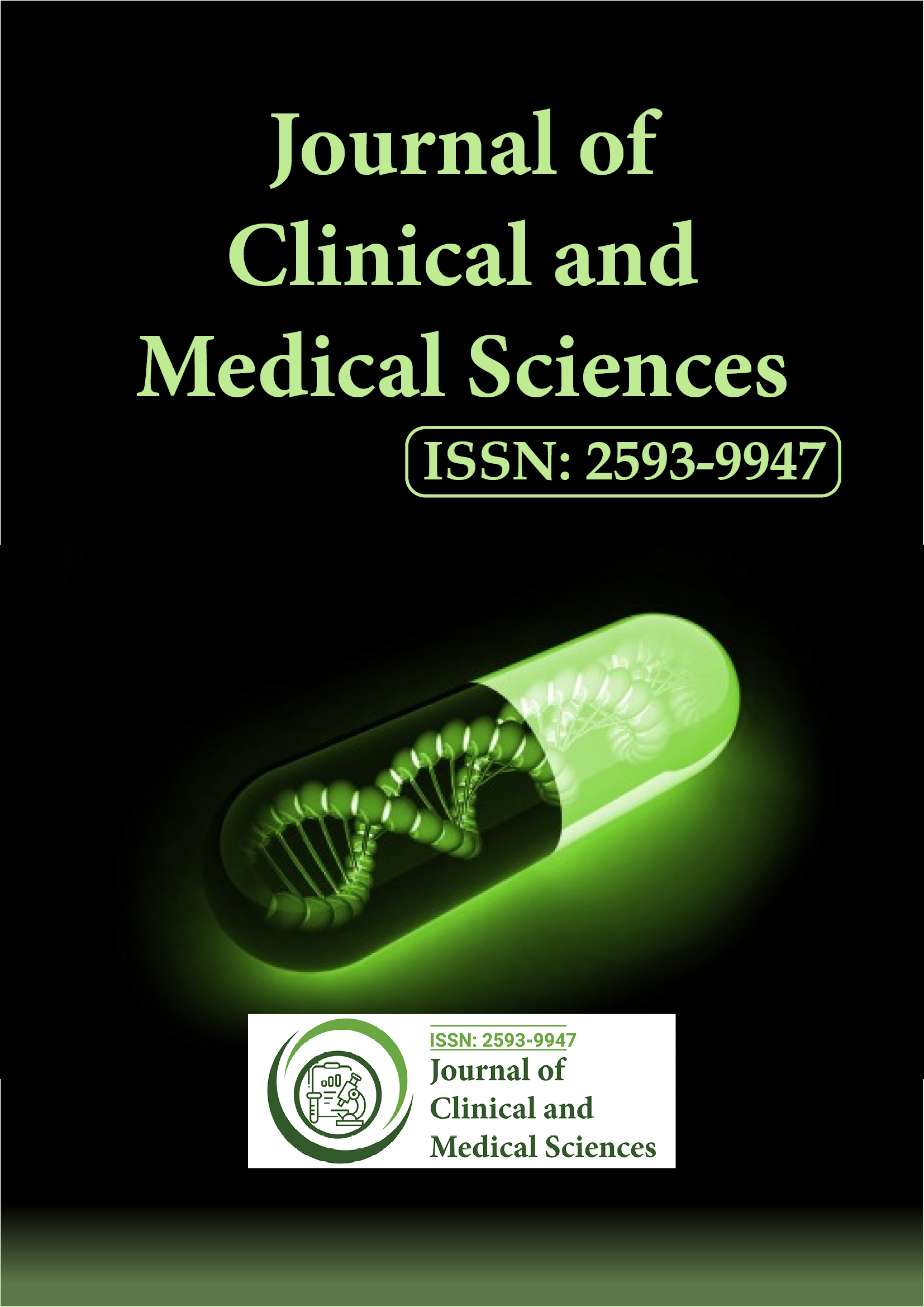Indexed In
- Euro Pub
- Google Scholar
Useful Links
Share This Page
Journal Flyer

Open Access Journals
- Agri and Aquaculture
- Biochemistry
- Bioinformatics & Systems Biology
- Business & Management
- Chemistry
- Clinical Sciences
- Engineering
- Food & Nutrition
- General Science
- Genetics & Molecular Biology
- Immunology & Microbiology
- Medical Sciences
- Neuroscience & Psychology
- Nursing & Health Care
- Pharmaceutical Sciences
Journal Highlights
- Adiposity
- Advancements in Anesthesia
- Aftercare
- Ambulatory Care
- Anesthesia Case reports
- Anesthesiology
- Anxiety Medicine
- Biology of Cancer
- Bipolar Medicine
- Bloodless Medical and Surgical Procedures
- Cardiovascular Medicine Care
- Clinical Allergy
- Clinical Cytology
- Clinical Dermatology
- Clinical Endocrinology
- Clinical Liver Disease
- Clinical Microbiology
- Clinical Neurosciences
- Clinical Research
- Clinical Sports Medicine
- Clinical Toxicology
- Clinical Transplantation
- Clinical Trial Research
- Clinical death
- Clinical electrophysiology
- Clinical hypertension
- Clinical pharmacology
- Critical Nursing Care
- Custodial Care
- Day Care
- Depression Medicine
- Diabetic Medicine
- Diagnostic Science
- Emerging Infectious Diseases
- Epidemiological Science
- Epidemiology
- Epidural anesthetics
- Evolutionary Biology
- Forensic medicine
- Foster Home Care
- Gastrointestinal Care
- Genetic science
- Human Biology
- Infectious disorders
- Innovations in Anesthesia
- Laryngeal Mask Airway
- Long Term Care
- Medical investigation
- Neglected Tropical Diseases
- Neural science
- Noncommunicable Diseases
- OB-GYN
- Oncological care and medicine
- Orthopedic Surgery
- Palliative Nursing Care
- Pediatric Surgical Anesthesia
- Perinatal Care
- Perioperative Care
- Psychiatric care and medicine
- Psychological Clinical Science
- Shoulder Surgery
- Spinal Surgery
- Stages of anaesthesia
- Subacute Care
- Surgery and Anesthesia
- Surgical pain
- Surgical techniques
- Terminal Care
- Tropical Biomedicine
- Tropical Diseases
- Tropical Fish Diseases
- Tropical Fish Medicine
- Tropical Health Nutrition
- Tropical Medicine
- Tropical Medicine Case Reports
- Tropical Medicine Research
- Tropical Medicine and Health
- Tropical Medicine and Hygiene
- Tropical Medicine and Infectious Diseases
- Tropical Medicine and Parasitology
- Tropical Veterinary Medicine
- Urocare
- Vector Borne Diseases
- clinical pathology
Diagnostic Science
Diagnostics is the field of medicine dedicated to identifying and understanding diseases, conditions, and abnormalities in patients. It involves the use of various techniques and tools to detect, diagnose, and monitor health issues. Accurate diagnostics are essential for effective treatment planning, disease management, and improving patient outcomes. Key Areas of Diagnostics:
Clinical Diagnostics
(1) Physical Examination: The initial assessment conducted by healthcare professionals through observation, palpation, percussion, and auscultation to gather information about a patient's health.
(2) Medical History: Collecting detailed information about the patient’s past and present health, family history, and lifestyle factors to aid in diagnosis.
Laboratory Diagnostics
(1) Blood Tests: Analyzing blood samples to assess various parameters such as glucose levels, cholesterol, electrolyte balance, and markers of disease (e.g., anemia, infections).
(2) Urine Tests: Evaluating urine samples for signs of kidney function, metabolic disorders, and infections.
(3) Microbiological Cultures: Identifying pathogens in samples (e.g., blood, urine, throat swabs) to diagnose infections and determine appropriate treatments.
Imaging Diagnostics
(1) X-rays: Using electromagnetic radiation to visualize the internal structures of the body, such as bones and certain organs.
(2) Ultrasound: Employing high-frequency sound waves to produce images of internal organs and tissues, commonly used for monitoring pregnancy and evaluating soft tissues.
(3) CT Scans (Computed Tomography): Combining X-ray images from different angles to create cross-sectional views of the body, useful for detailed imaging of organs and structures.
(4) MRI (Magnetic Resonance Imaging): Utilizing strong magnetic fields and radio waves to generate detailed images of soft tissues, including the brain, muscles, and joints.
Molecular Diagnostics
(1) Genetic Testing: Analyzing DNA to identify genetic mutations or variations associated with hereditary conditions, susceptibility to diseases, and personalized treatment plans.
(2) Biomarker Analysis: Detecting specific molecules in biological fluids or tissues that indicate disease presence, progression, or response to treatment.
Functional Diagnostics
(1) Electrocardiography (ECG/EKG): Recording the electrical activity of the heart to diagnose arrhythmias, heart attacks, and other cardiac conditions.
(2) Pulmonary Function Tests: Assessing lung function through tests that measure airflow, lung volume, and gas exchange to diagnose respiratory conditions.
Endoscopy
Procedure: Involves the use of an endoscope (a flexible tube with a camera) to visually examine internal body cavities and organs, such as the gastrointestinal tract or respiratory system.
Research Methods
(1) Clinical Trials: Testing new diagnostic tools and techniques in clinical settings to evaluate their accuracy, reliability, and effectiveness.
(2) Comparative Studies: Analyzing the performance of different diagnostic methods to determine the best approach for specific conditions.
Impact and Applications
(1) Early Detection: Diagnostics play a crucial role in the early identification of diseases, which can improve treatment outcomes and increase survival rates.
(2) Disease Monitoring: Regular diagnostic tests help monitor disease progression, response to treatment, and the effectiveness of therapeutic interventions.
(3) Personalized Medicine: Advances in diagnostics enable more precise and personalized treatment plans based on individual patient profiles and specific disease characteristics.
Diagnostics is a fundamental component of modern healthcare, providing essential information that guides treatment decisions, supports disease management, and enhances patient care. Through ongoing advancements in diagnostic technology and methods, healthcare professionals can offer more accurate and timely diagnoses, ultimately improving patient health and well-being.
